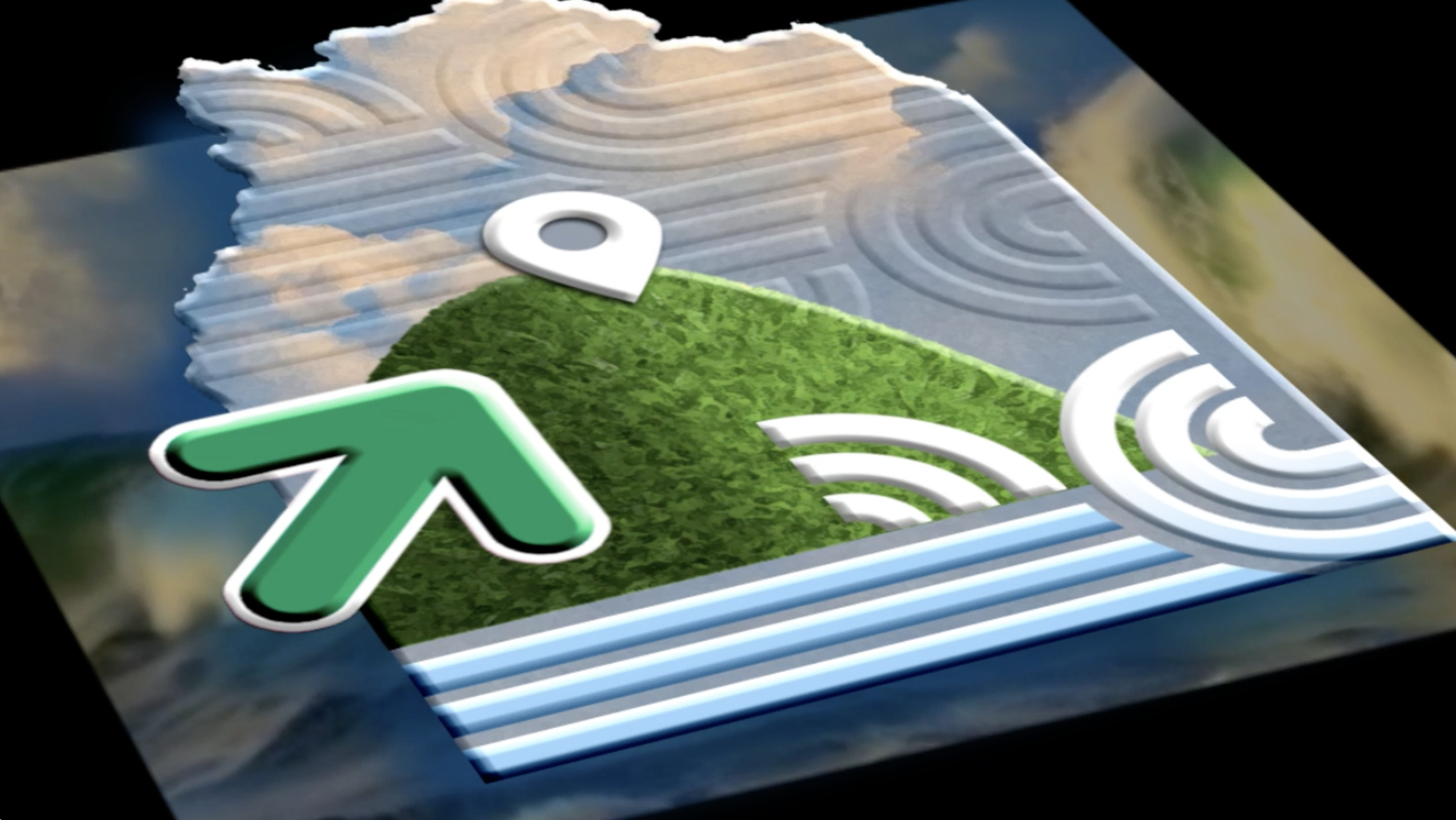Tsunami danger?
Know where to go
and before any "tsunami of emotions" – also know where to go
日本語 Japanese
ニュージーランド発のこのサイトは、太平洋火山帯の地域に住む子どもたちのための物語と教材を提供し、不安な考えを落ち着いて見直し、回復力を育む手助けをします。
Español Spanish
Desde Nueva Zelanda, este sitio ofrece historias y recursos para niños en regiones del Cinturón de Fuego del Pacífico, ayudándoles a mirar con calma los pensamientos que les preocupan y a desarrollar resiliencia.
English
From New Zealand, this site offers stories and resources for children in Pacific Ring of Fire regions, helping them calmly question troubling thoughts and build resilience.

Know Where To Go
Just below is an introduction video and an explanation
next “the hilltop orchard“ – an animated short story and free ebook, story written by Joy Cowley
links to an interactive map of New Zealand tsunami zones and civil defence advice
Finally intention indicates, as a website, where we would like to go
Please note – ‘intention‘ does advocate thoroughly questioning the actual truth of worrying thoughts, or any anxiety – but, of course, this is only one process in maintaining healthy thinking.
.
Explanation
rather than fear, just be aware
– and know where to go
The initial purpose of this presentation is to allow parents, teachers or caregivers to mention tsunami to children without causing undue anxiety – knowing where to go is the answer to allay anxiety.

Interactive Tsunami Maps
To get prepared visit the Get Ready website and find out if you’re in a tsunami evacuation zone
.
If an earthquake is LONG OR STRONG, GET GONE
Just as families should look at their home so they have an actual plan of escape in case of a fire, families should also look at where their home is and – if it is in a area that a tsunami may reach – decide where higher, safer ground is and the shortest, easiest, so fastest path to reach there.
Even do a trial run to see exactly how long it takes you to reach a place of safety
Plan where to go, and try it out!
Then such a plan should spring to mind, if you consider an earthquake may trigger a tsunami.
So until then, you need not worry about what to do – you will already know.
• The content on this website has been reviewed by the National Emergency Management Agency and is consistent with the New Zealand emergency preparedness advice found on the Get Ready website.
Our intention
“seeking to keep young minds well”
Disclaimer –
Please note – Unresolved conflicts from early life can shape some current mental health problems, so many of our behaviours can be motivated by unconscious desires and fears which are not easily accessible through simple thought correction. Social and environmental factors can also be an impact, while cultural differences (what is considered “realistic” or “unrealistic”) may vary across cultures, so the idea that suffering can be reduced to “faulty beliefs” might seem superficial from these perspectives.
However while “helping young people distinguish between their inner perceptions and outer realities” may seem simplistic, it can be a valid and valuable start. But, please do assess, for yourself, if such a simple process as “just thoroughly examining your own thoughts“ can be helpful to you.
• This website is not a Civil Defence or a Health provider and carries no legal responsibilities such entities may have. Some footage above is adapted under FAIR USAGE as being for education and public interest repurposing
Further supportive material is being developed –
ARE YOU SCARED OF WHAT IS UNDER THE BED? – 9 minutes 26 seconds – suitable even as a bedtime story

![[m] HILLTOP video start frame](https://hilltopnz.com/wp-content/uploads/2024/08/m-HILLTOP-video-start-frame-.jpg)
![[n] book](https://hilltopnz.com/wp-content/uploads/2024/08/n-book.jpg)
